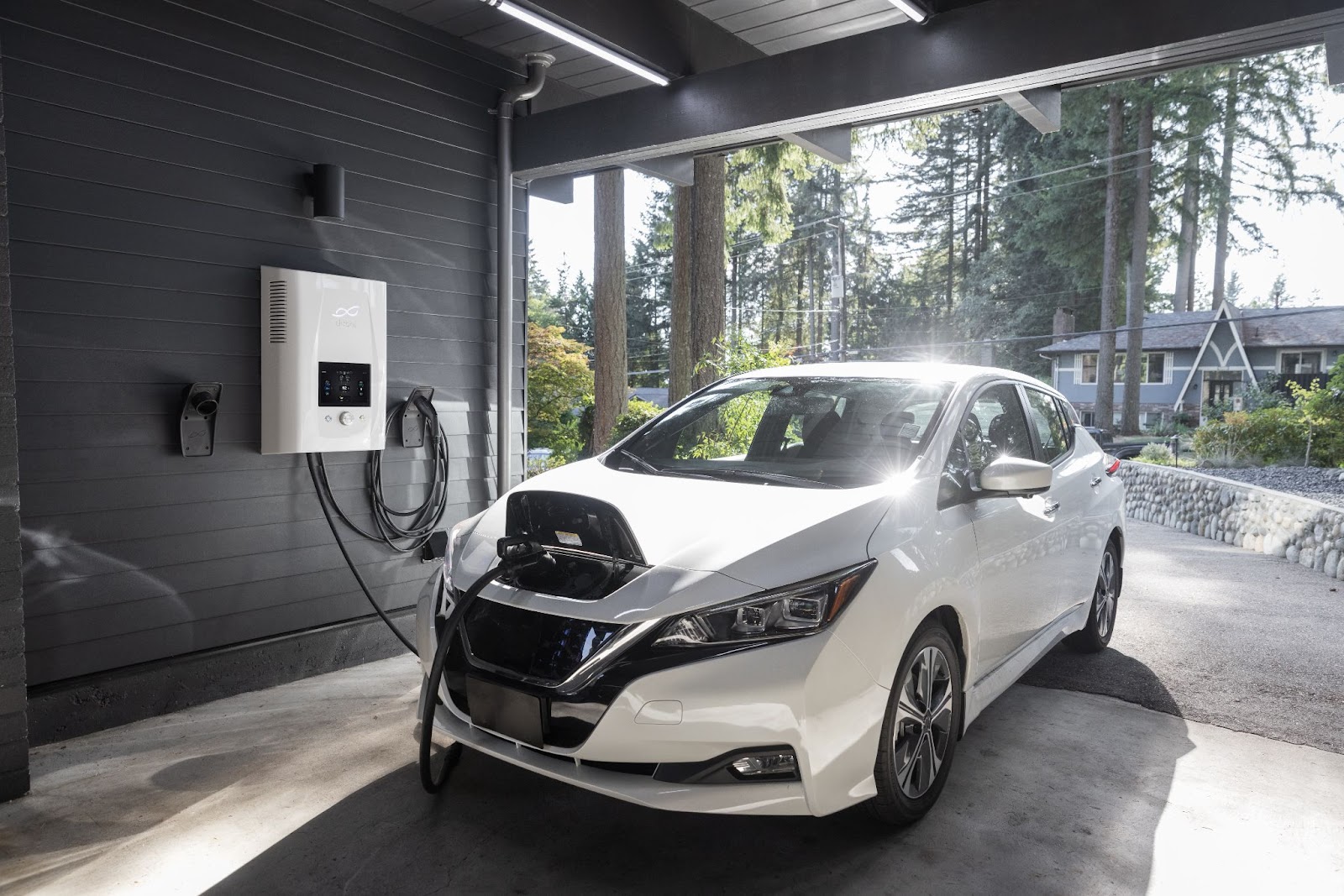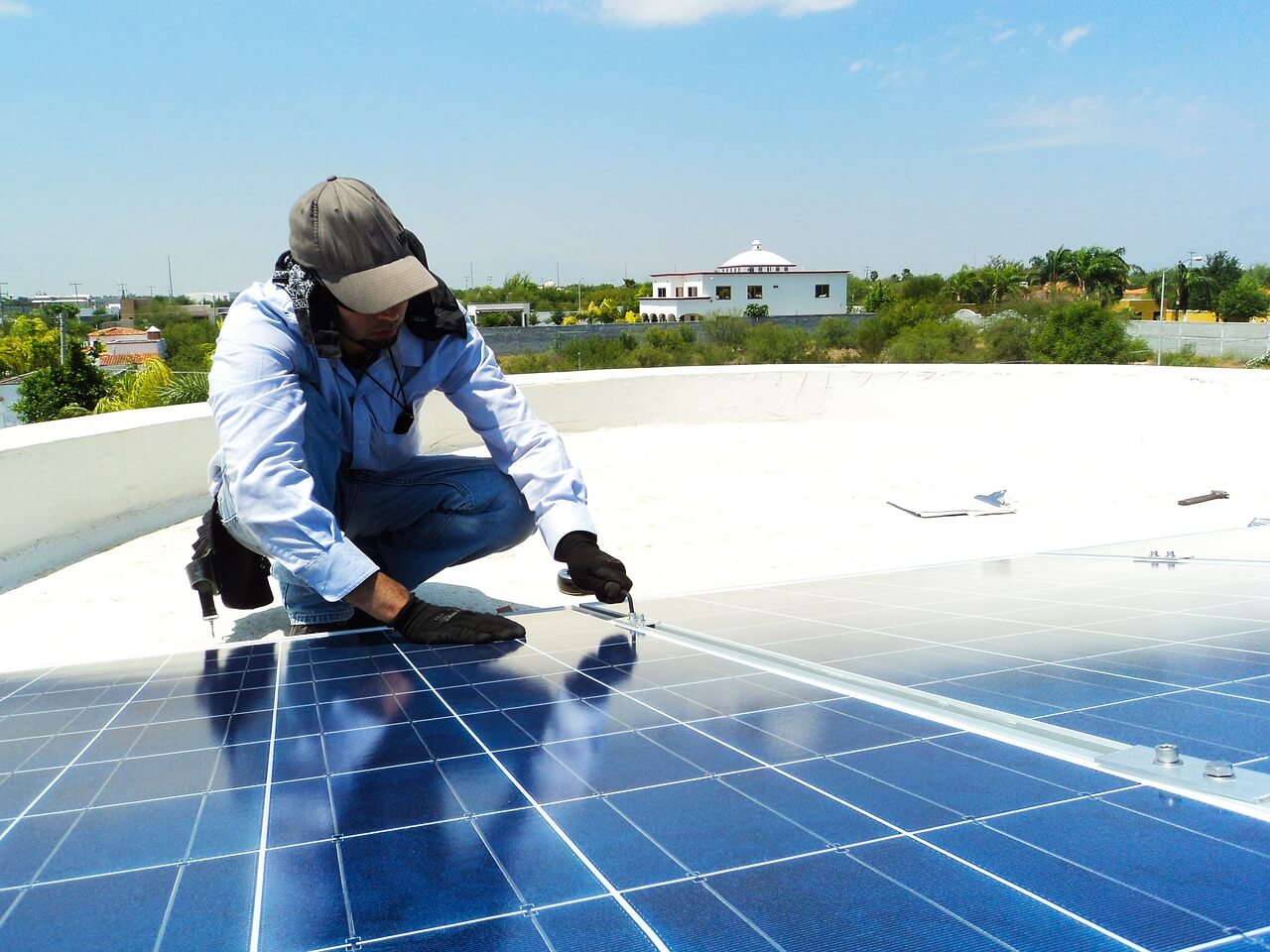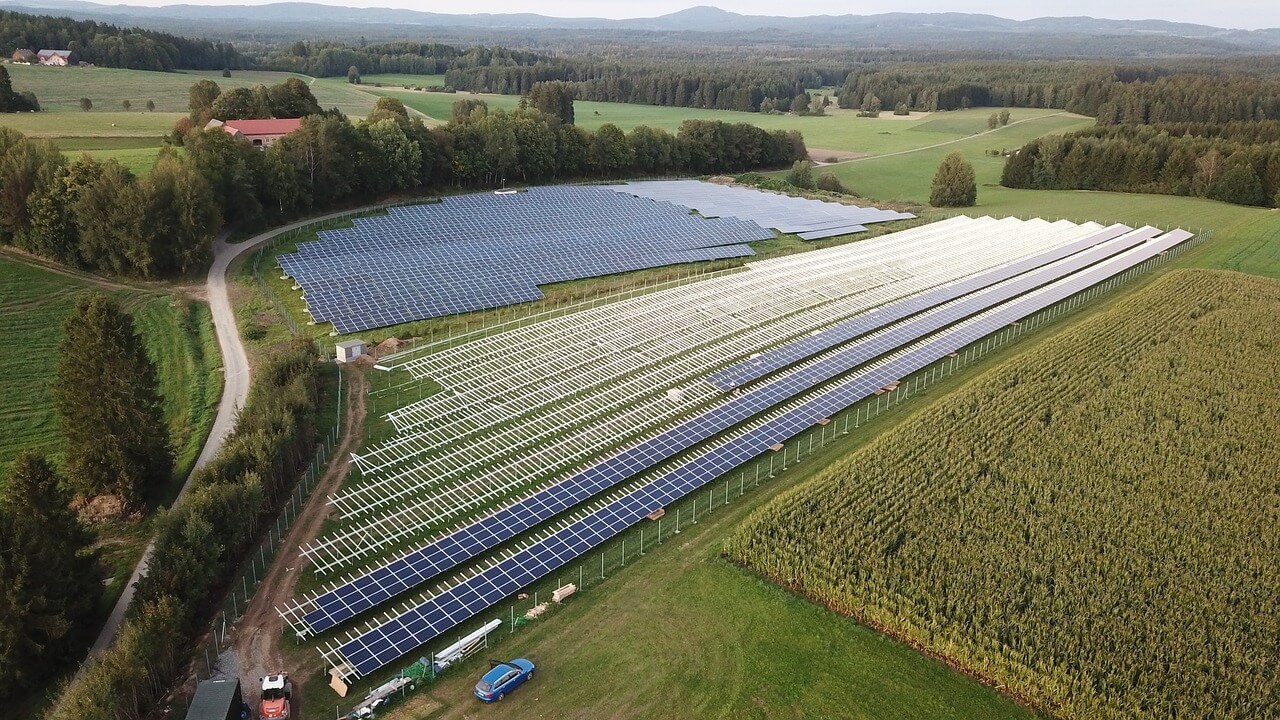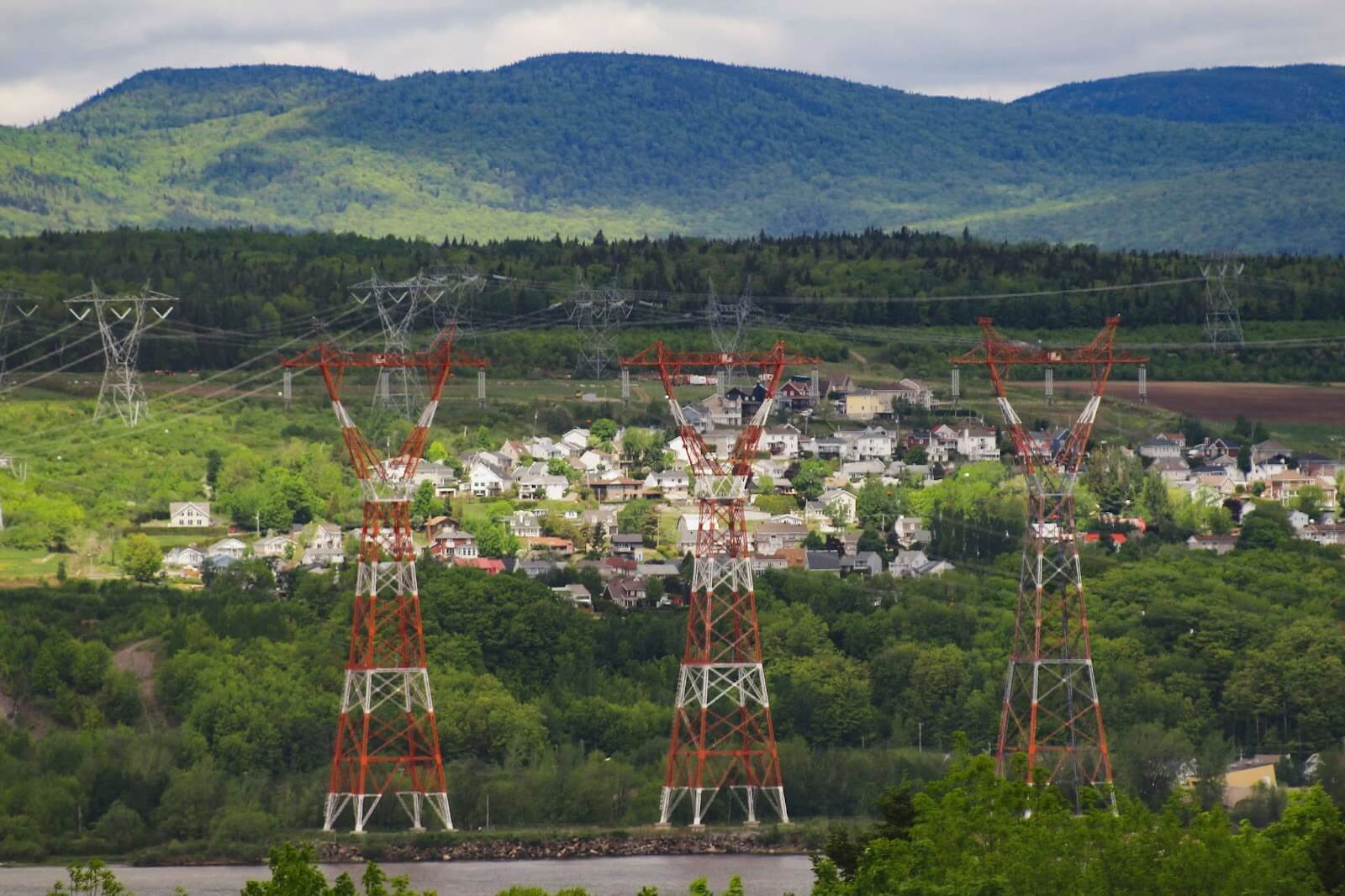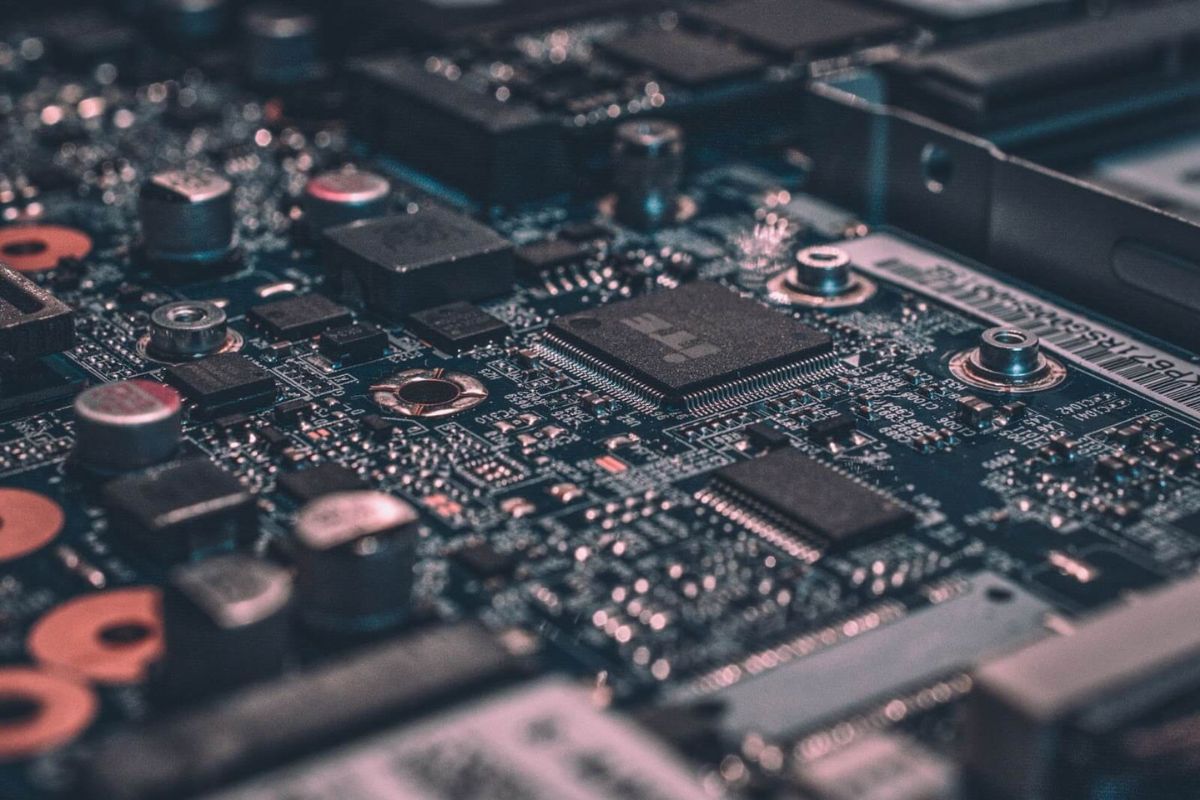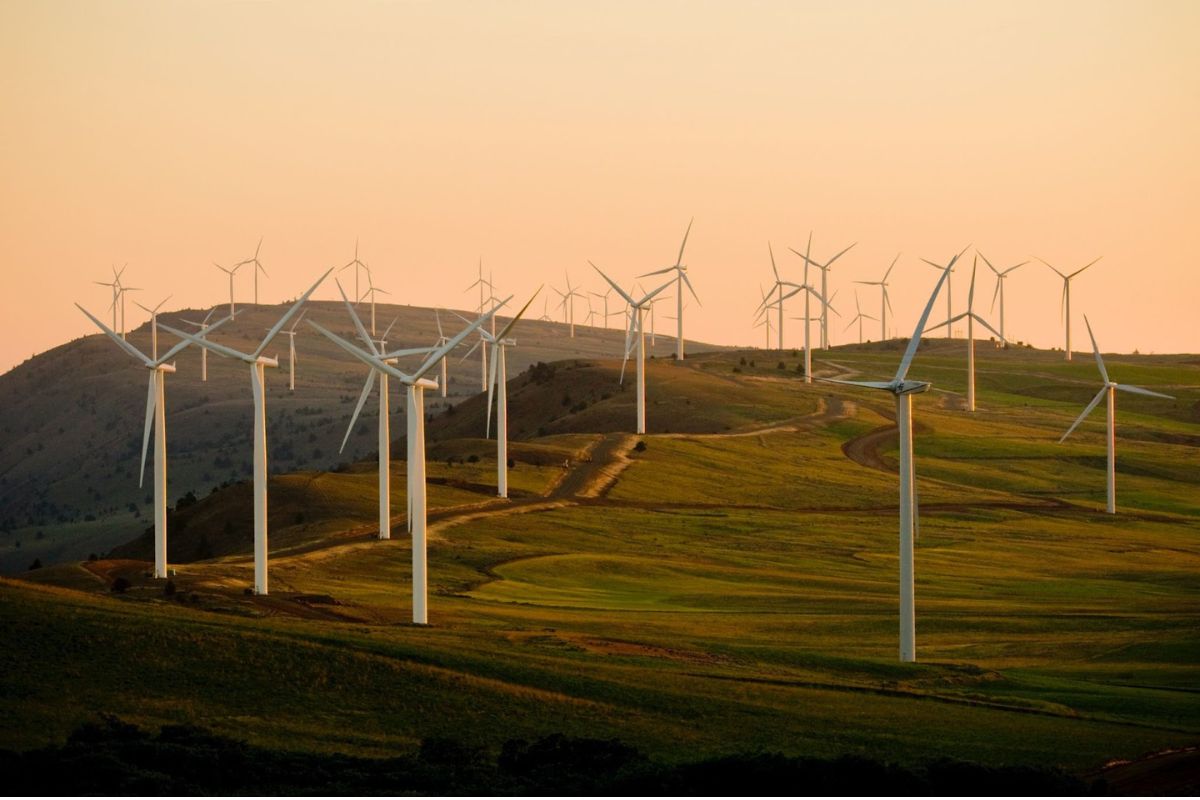After the Moves II Plan, the Spanish Government has already updated the third edition of the program for the purchase of electric vehicles and the installation of their charging points: the so-called Moves III Plan, which will continue until the end of 2023.
The budget of this subsidy plan is 400 million euros, with an option to increase up to 800 million euros depending on demand in direct aid for electric mobility and for the recharging infrastructure.
These are subsidies for the purchase of electric vehicles – cars, motorcycles or vans, and plug-in hybrid cars. These subsidies can be increased up to € 7,000 for each electric vehicle, raising the amount offered by the Moves II Plan.
Who can benefit from the Moves III Plan?
The beneficiaries of this subsidy program are both individuals and companies reluctant to buy a pure electric vehicle, a plug-in hybrid vehicle or an electric vehicle with extended range. The requirement is that the price of this electric vehicle may not be higher than € 45,000.
The self-employed, individuals, homeowners’ associations, public administrations and companies can benefit from this program when it comes to the charging points.
Differences between the Moves II and the Moves III Plan
There are some differences and similarities between these two subsidy plans, although it is important to highlight that while the Moves II Plan was still in force, it must have been clear that applying for both plans is incompatible although both projects co-existed for a period of time.
The AUVE (Association of Electric Vehicle Users) recommended applying for the Moves III Plan, not the second one at that time.
The main difference between the two is that the Moves III Plan maintains the line of subsidies for the installation of charging points with a much larger budget, covering up to 80% of the amount. In addition, this project loses the two points on the promotion of electric bikes for rent and the mobility plans of companies.
Benefits of the Moves III Plan
PURCHASE OF ELECTRIC VEHICLES
The subsidies for the purchase of electric vehicles depend mainly on the type of model. While buying a new electric vehicle, you choose to scrap your old combustion vehicle.
The existing subsidies for the purchase of electric vehicles under the Moves III Plan are as follows:
Electric and hydrogen cars: €7,000 with scrapping and €4,000 without scraping.
Plug-in cars with a range between 30 and 90 km: €5,000 with scrapping and €2,500 without scraping.
Electric vans: €9,000 with scrapping and €7,000 without scraping.
Zero-emission motorcycles: €1,300.
In addition, the self-employed who use the electric vehicle as a work tool, as is the case of cab drivers and VTC services, will get 10% more subsidy. The same applies to buyers with reduced mobility and residents in municipalities with less than 5,000 inhabitants.
An important requirement is that in order to benefit from this program, the price of the electric vehicle cannot be higher than € 45,000 excluding VAT.
INSTALLATION OF CHARGING POINTS FOR ELECTRIC VEHICLES
The new Moves III Plan is a great boost for the installation of charging points, since 80% of the investment will be covered (not 40% as in previous plans).
With the installation of charging points, the % of the subsidy depends on the type of the beneficiary and the number of inhabitants of the municipality or city where the project is carried out.
The percentage of the cost covered with the subsidy is as follows:
For the self-employed, individuals, homeowners’ associations and public administrations:
- In municipalities with more than 5,000 inhabitants: subsidy of 70% of the total cost
- In municipalities with less than 5,000 inhabitants: 80% of the total cost
For the companies, public access charging points and power of less than 50 kW, defined as a fast charging installation:
- In municipalities with more than 5,000 inhabitants: 35% – large companies, 45% – medium-sized companies, 55% – small companies
- In municipalities with less than 5,000 inhabitants: 40% – large companies, 50% – medium-sized companies and 60% – small companies
For companies with public access charging points and power of more than 50 kW:
- In municipalities with more than 5,000 inhabitants: 30% subsidy,
- In municipalities with less than 5,000 inhabitants: 40% subsidy.
Thanks to the Moves III Plan, the registration of electric vehicles in Spain is expected to grow by 75%, which would represent an increase of 70,000 units sold, according to data from the Spanish Association of Automobile and Truck Manufacturers.
Therefore, the objective of the plan is to reactivate the sector so that by the end of 2023, 100,000 charging points will have been installed and 250,000 new electric vehicles will be operating.
And how to apply for the subsidy?
These grants are obtained through the dealers. They will directly contribute € 1,000 of subsidy from the invoice. Meanwhile, the subsidy from the Autonomous Community will be paid in the following 12 months.

